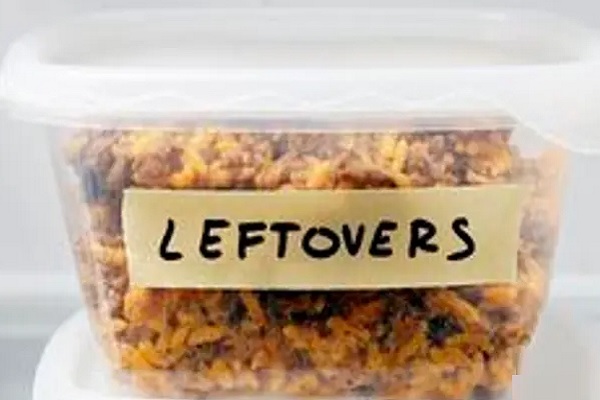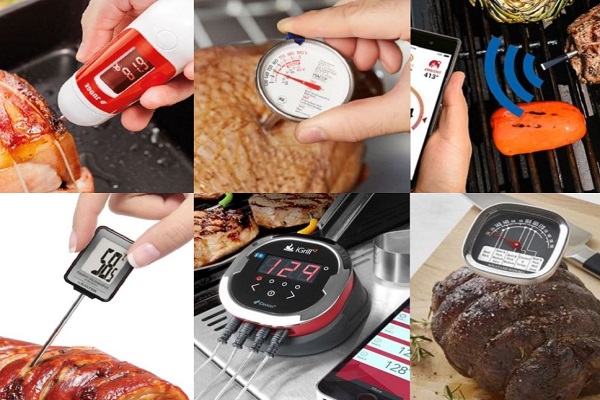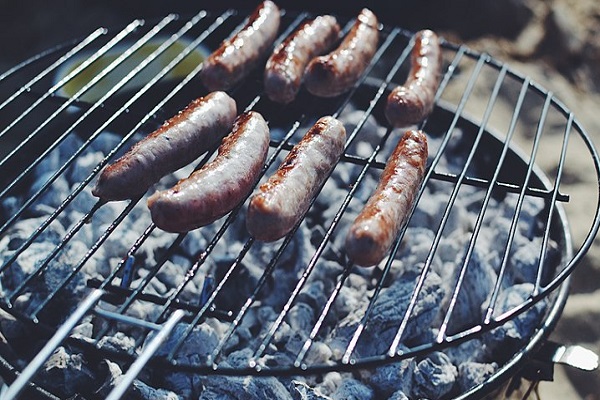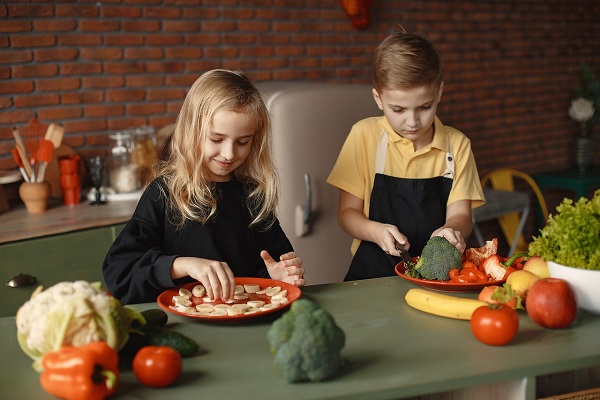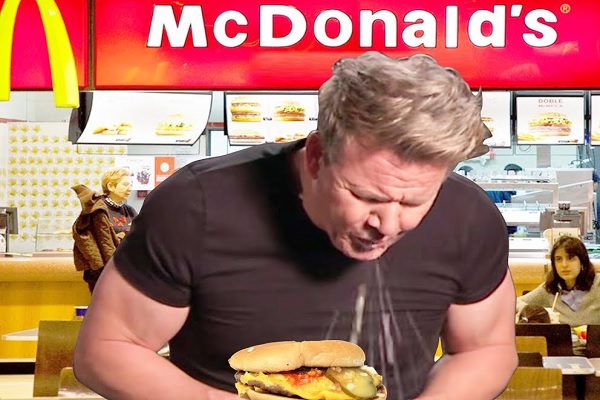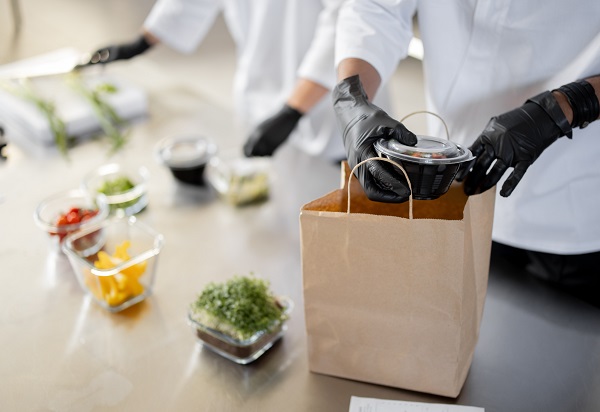
The world of food safety is complex, composed of a network of processes and protocols designed to ensure each bite you take is as safe as it’s savory. One of the most crucial elements within this network is the role of packaging. Though it might seem a simple barrier between food and the external environment, its purpose is significantly more profound.
In your first few interactions with any food product, the packaging makes an immediate impression. Often, you might not realize the role that premium food packaging plays in this aspect, but it’s a key player in protecting against foodborne illnesses and spoilage.
Read on to uncover various ways packaging contributes to food safety.
The Protective Role Of Packaging
Packaging operates as a shield for food, defending it against various threats that could undermine its safety. Here are the specific roles it performs:
- Defense against biological threats: Packaging forms a barrier against harmful organisms like bacteria, viruses, and fungi, ensuring they don’t have a conducive environment to thrive in.
- Protection from physical hazards: Physical elements like dust, moisture, and pests pose a significant risk to food safety. Packaging mitigates these risks, creating a physical barrier that safeguards the food from the external environment.
- Guarding against chemical hazards: Packaging material resists pollutants in the environment or harmful substances that might come into contact with the food, inhibiting them from penetrating the food.
- Retention of nutrients: Besides protection, packaging also maintains the good within. It helps retain essential nutrients, preventing them from being lost to the environment.
In essence, while packaging may seem to be just a box, a bag, or a can, it’s indeed a comprehensive system designed to protect what’s inside.
How Packaging Preserves Freshness
Packaging plays a critical role in keeping your food fresh. Here are some ways it achieves this:
- Air-tight seals: By restricting exposure to oxygen, air-tight seals decelerate the natural degradation process, allowing your food to stay fresh for extended periods.
- Vacuum-sealed packaging: This method takes preservation a step further. Removing air before sealing minimizes bacterial growth, prolongs shelf life, and maintains food quality.
- Modified Atmosphere Packaging (MAP): This innovative method involves filling the package with a mix of gases like nitrogen and carbon dioxide instead of regular air. Altering the internal environment of the packaging not only prolongs shelf life but also sustains food quality and freshness.
Through these methods, packaging doesn’t just contain your food—it’s actively working to maintain its freshness. Every time you open a package, remember the carefully calibrated process behind its preservation, all aimed at making every bite enjoyable.
The Communication Aspect of Packaging
Packaging is more than a mere protective layer. It also communicates essential information to consumers.
Here are the communicative aspects of packaging:
- Ingredients and Nutritional Information: Packaging provides an insight into what’s inside the product. From listing the ingredients to breaking down the nutritional value, it offers you a clear idea of what you’re consuming.
- Product Origin and Manufacturer Details: Want to know where your food comes from? Packaging has it covered. Details about the product’s origin and the manufacturer are readily available on the package.
- Usage Instructions and Best Before Date: Packaging provides usage instructions and displays the best before date to ensure you consume the product when it’s at its prime.
- Brand Identity: Packaging also carries the brand identity. It communicates the brand’s values and sets it apart from competitors.
So next time you pick up a product, remember that the packaging isn’t just holding your food—it’s also sharing a wealth of information that can help you make informed choices.

Sustainable Packaging And Its Implication On Food Safety
As society becomes more environmentally conscious, sustainable packaging is gaining momentum. But what does this mean for food safety? Here are some considerations:
- Material Selection: Sustainable packaging often involves using biodegradable materials. While these materials are eco-friendly, they must also provide adequate protection to maintain food safety.
- Enhanced Preservation Techniques: Innovations in preservation techniques are vital to complement sustainable packaging. Techniques like modified atmosphere packaging are increasingly used to extend shelf life and maintain freshness, working synergistically with sustainable materials.
- Balancing Sustainability and Safety: The challenge lies in balancing sustainability with safety. For instance, reducing packaging material can be beneficial for the environment but may compromise the product’s protective barrier.
- Educating Consumers: As packaging evolves, so too must consumer understanding. Clear communication on packaging about storage and usage can help maintain food safety, even as the shift towards more sustainable options progresses.
While sustainable packaging presents its unique challenges, it’s an important step towards a greener future. With innovation and careful design, it can both protect the planet and ensure the safety of your food.
Conclusion
Understanding the role of packaging in food safety is more than appreciating the barrier between your food and potential contaminants. It’s about understanding how packaging protects, preserves, communicates, and adapts to the world’s changing demands. Next time you’re in the grocery aisle, take a moment to appreciate the silent work being done by the packaging around your food.
